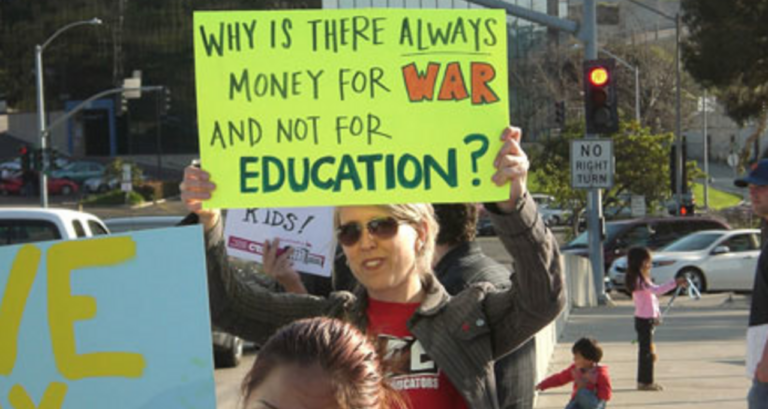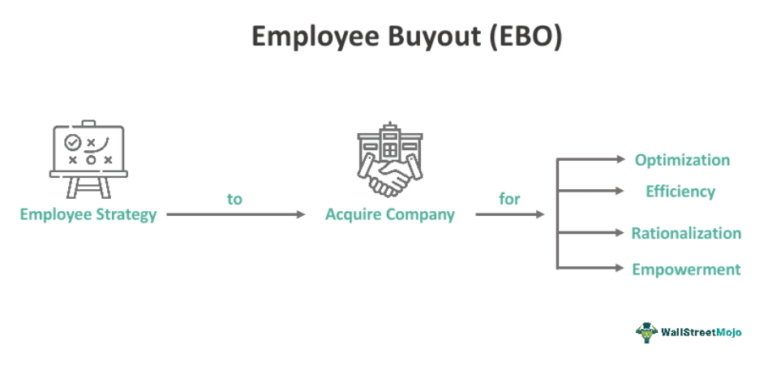
Audience
- Sentiment: Cautiously Optimistic
- Political Group: Moderates/Centrists
- Age Group: 18-34
- Gender: Both
Overview
- The job market added 143,000 new jobs in January 2025, but fell short of the expected 170,000.
- Wage growth is present, but overall job creation remains insufficient to positively impact the economy.
- Concerns about federal job cuts and tariffs could hinder future job creation and economic stability.
The State of Jobs in January 2025: A Mixed Outlook
In January 2025, the job market in the United States took a step forward, but it wasn’t exactly a leap into a bright and secure future. According to recent reports, employers added 143,000 new jobs, which brought the unemployment rate down to 4%. While this might sound encouraging at first, it’s essential to dive deeper into what this really means for the average American worker, especially since this was the first jobs report of Donald Trump’s second term as President. Let’s explore the implications of these job statistics, the current economic climate, and what the future may hold.
The Numbers Behind the News
At a glance, adding 143,000 jobs in a single month seems like a great accomplishment. However, experts had anticipated that about 170,000 jobs would be created, so this figure came in below expectations. In simpler terms, it’s like preparing for a big sports game and not scoring as many points as you had hoped. It means that while your team is improving, it’s not quite at the level to win championships yet.
When examining the types of jobs added, we see that most of the growth occurred in sectors like healthcare and retail. Healthcare has long been a stronghold for job creation, especially with an aging population that requires more medical services. Retail is another area where many new positions were created, possibly due to consumer demand driving stores to hire more workers. However, not all sectors are thriving. Mining, for instance, experienced job losses, which can indicate a declining demand for raw materials or changes in energy production.
Wage Growth: The Silver Lining?
An interesting aspect of the jobs report is that average hourly wages saw a slight increase. This is a bit of good news since higher wages mean more money for workers. However, even with this wage growth, it’s vital to remember that the overall speed of job creation isn’t high enough to make a big impact.
Imagine you have a job at your local mall making $10 an hour, and your boss decided to give you a raise to $10.50. That’s great, but if your friends who also work there can’t find any new jobs or their hours are cut, then that good news gets overshadowed by a lack of opportunities for others.
Concerns About Economic Policies
Now, let’s discuss some of the bigger concerns surrounding Trump’s economic policies that could influence the job market further. Recently, there have been discussions about federal job cuts and implementing tariffs on foreign goods. But what do these words mean?
Federal job cuts refer to reducing the number of government workers on the payroll. These cuts might sound appealing to politicians aiming to save money, but they can lead to fewer services for the public and more people losing their jobs. If fewer people have jobs, it can hurt spending in the economy, leading to further job losses.
Tariffs, on the other hand, are taxes on goods imported from other countries. The idea behind tariffs is to encourage people to buy American-made products. This might sound great in theory, but imposing tariffs can lead to higher prices for consumers. For example, if a popular pair of sneakers you want suddenly costs more because of tariffs, you might decide not to buy them. If everyone feels the same way, businesses could see a drop in sales and may need to lay off workers. It’s a domino effect that starts with one policy decision and can lead to significant job losses.
Mixed Signals from the Economy
Although the January jobs report painted a mixed picture, it also revealed some upward revisions in job data from late 2024, hinting that the economy has strengths that could support job creation if nurtured properly. It’s kind of like your favorite sports team. They might start the season with a shaky record, but you see flashes of great teamwork and skill that you know could make them champions if they work together effectively.
Nonetheless, many workers are still facing significant challenges when seeking employment. The number of job postings has declined, which means there are fewer openings available. More competition is brewing as more people compete for these limited job opportunities. With increased competition, job seekers may feel discouraged, and confidence in finding new work can wane.
The Role of Immigrant Labor and Tariffs
An important aspect of job creation in the United States involves immigrant labor, with many immigrants contributing significantly to the economy. Trump’s policies towards immigration have been a topic of significant debate, and with proposed changes to immigration rules, the impact on the job market could be profound. Restricting immigrant workers might lead businesses to struggle in finding necessary skills and manpower, hindering growth in various sectors.
If tariffs are applied and make imported goods more expensive, businesses may also feel the pressure to increase prices. That’s where the average consumer—a lot like you—takes a hit. If prices rise, families might opt to cut back on spending, affecting the entire economy, which might make it harder for businesses to thrive and create new jobs.
What’s Next?
So, what does it all boil down to? The job market in January 2025 shows signs of stability but lacks the momentum needed to be genuinely optimistic. While there are small improvements in wage growth, challenges remain in securing employment and addressing concerns about government policies that could hinder job creation in the future.
It’s important to remember that the health of the job market can affect many aspects of everyday life, from how much money families take home to the ability of businesses to thrive. For someone in high school just starting to think about their future, these job statistics might feel distant. But one day, the job market you’ll enter will be shaped by these policies and economic trends.
How do you feel about the job market as it stands? Are you worried about what it might look like by the time you graduate? Have you thought about what kind of work you want to pursue? Let us know your thoughts in the comments!





